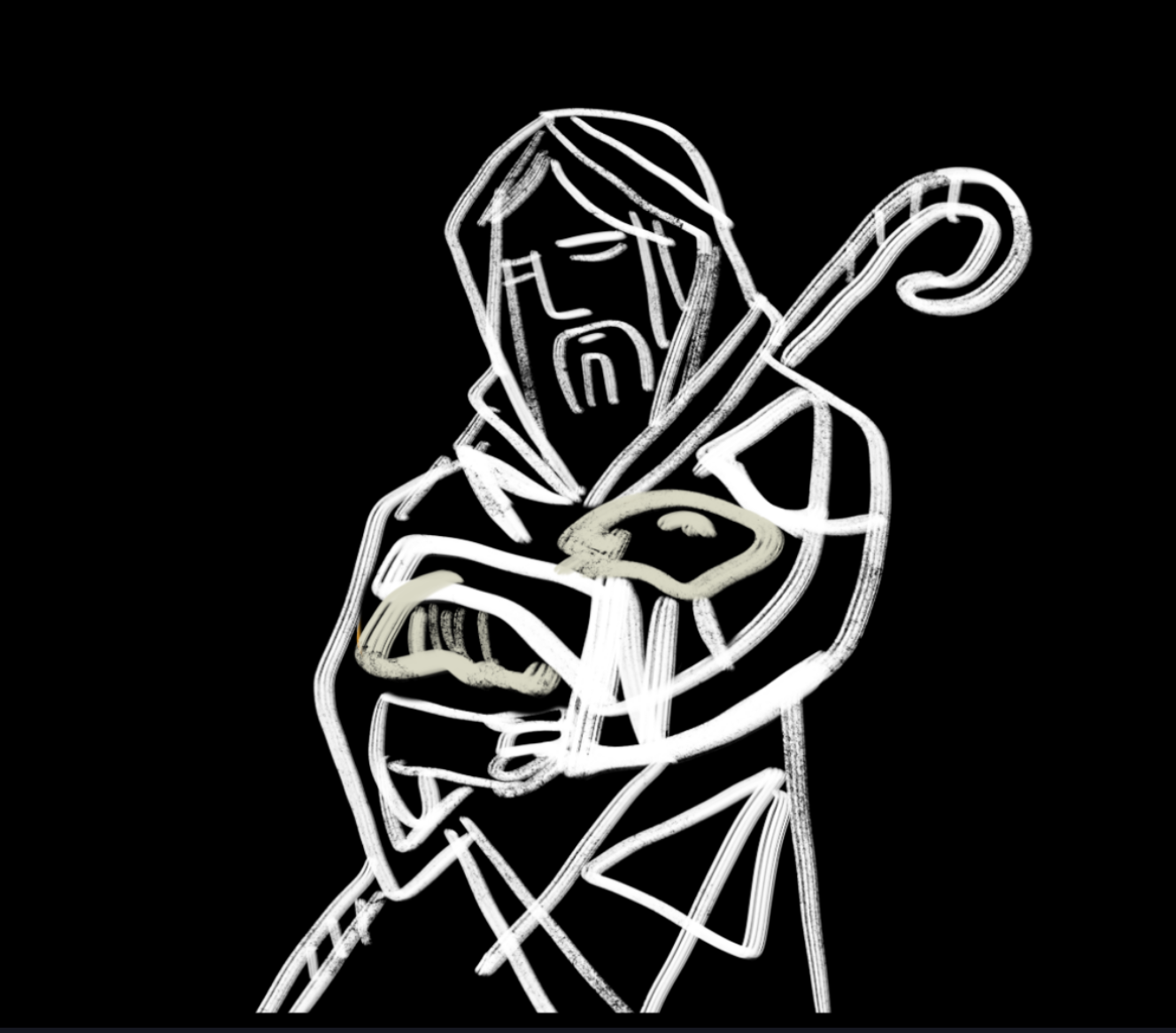Luke 15:1-3 and 11-24
As we traverse the spiritual landscape of 2024, anchored in the resonating call to abide from John 15. Here in Luke 15 we unearth the multifaceted nature of God the Father.
The Reason for the Story
In the opening verses of Luke 15 (1-3), picture a captivating scene where tax collectors and sinners gather, drawing disapproving glances from the Pharisees and scribes. This motley crew, consisting of despised tax collectors and societal outcasts, forms the backdrop for three parables. The initial two stories brim with jubilation upon finding what was lost, setting the stage for a profound narrative.
The Rebellion Against the Father
Now, shift your focus to verse 11, where the spotlight turns to the prodigal son's saga. Jesus, directing his narrative at the religious elite, unravels a dichotomy: two types of sinners - the law-breakers and the law-keepers. The younger son's startling request for his inheritance while his father is alive shocks cultural norms. Dr. Kenneth Bailey's insights provide a lens into the gravity of this request, revealing a desire for the father's demise. Stay tuned as we unravel the older son's seemingly obedient yet complex character in the coming week.
The Rebellion Unfolds
Witness the younger son's impulsive journey into recklessness, a saga that catapults him into a severe famine and a degrading role on a pig farm. This turning point becomes pivotal as he contemplates the generosity of his father, unraveling the layers of his own folly.
Generosity Prevails: The Restoration
A profound epiphany dawns - fear, shame, or coercion can't lure people to God. It's the transformative generosity of God that prevails. The younger son's plan for redemption is overshadowed by the father's embrace. In a culture where running was reserved for servants or children, the father's run shields the son from potential shame, symbolizing the unconditional acceptance and forgiveness at the heart of the gospel.
The Restoration Unfolds
The son's apology letter outlines repentance, acknowledgment of unworthiness, and a plan for redemption. However, the father's interruption emphasizes the completed work of Jesus, settling our accounts. The restoration is marked by symbolic elements - a best robe, a ring, sandals, and a joyous celebration - echoing the declaration that the lost is found, and the dead is alive.
Conclusion: Invitations to the Celebration
Through the captivating story of the younger son Jesus' is calling all the younger brothers and sisters who've strayed. No matter the weight of mistakes, God's love is an open door, beckoning all to return home. Remember, it's never too late to bask in the warmth of the Father's embrace. Welcome to the celebration!













